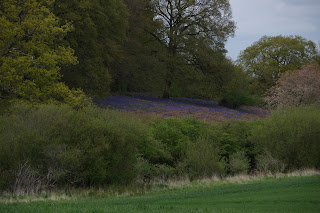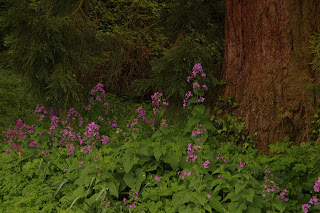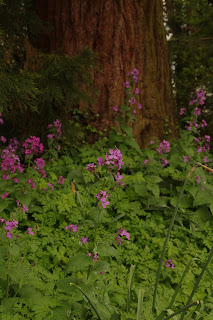Swarm! Gardening at the music school today we became aware that one of their hives had swarmed. In fact we heard it before we saw it- the collective buzzing of thousands of bees. A cloud of very active bees was massing adjacent to the hives and starting to cluster on the branch of a nearby pine tree.
Ashley -Benslow's beekeeper- was called in to take stock of the situation. The branch was too high for him to be able to gather them up. He was pessimistic that the swarm was about to depart with its queen to find a new home. His slim hope was that it might be a mating swarm whereby the queen bee leaves the hive briefly in search of a mate followed by her loyal subjects. And it so it was! The cluster began to dissipate and the bees returned en masse to the hive they came from.







































